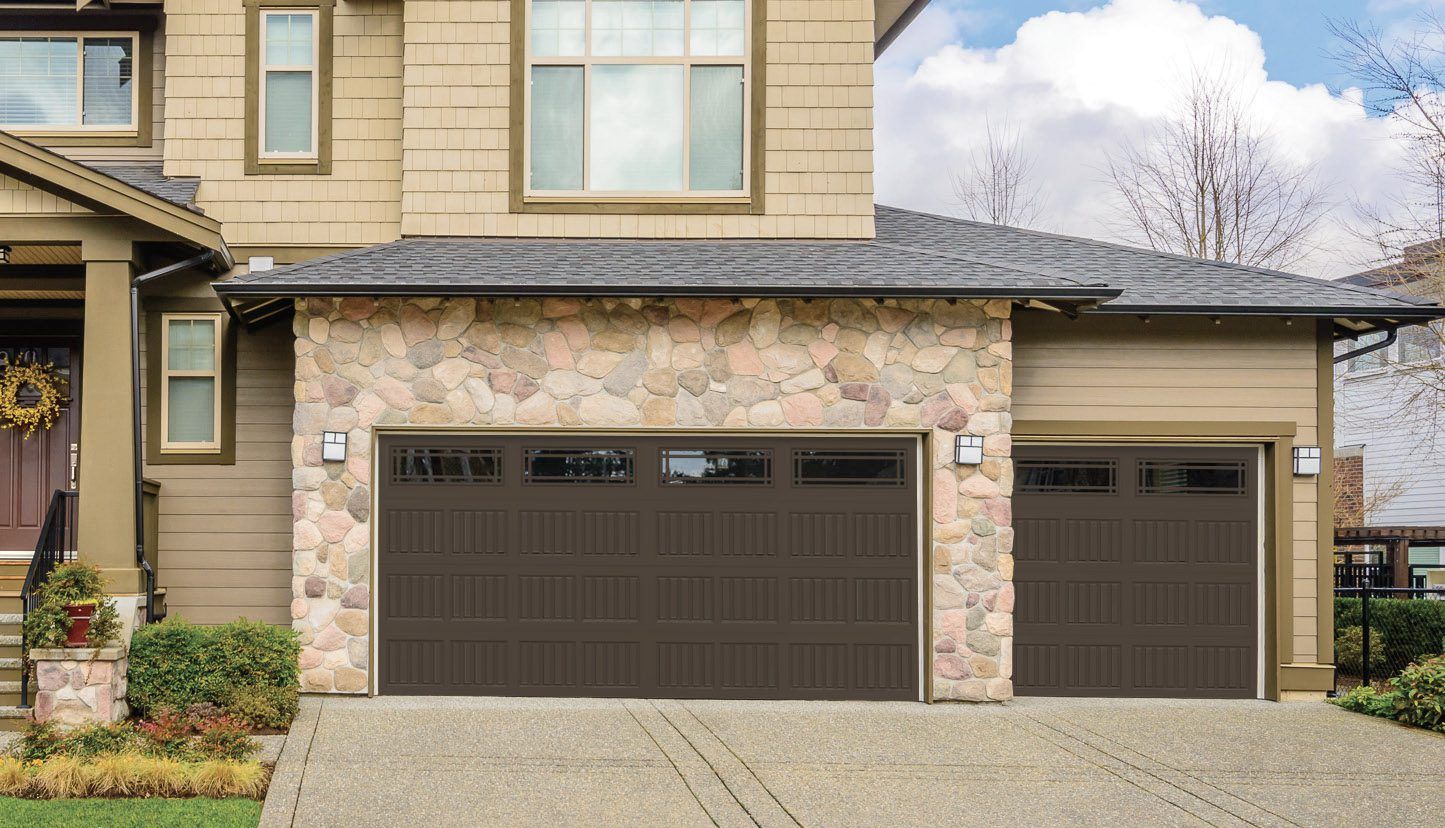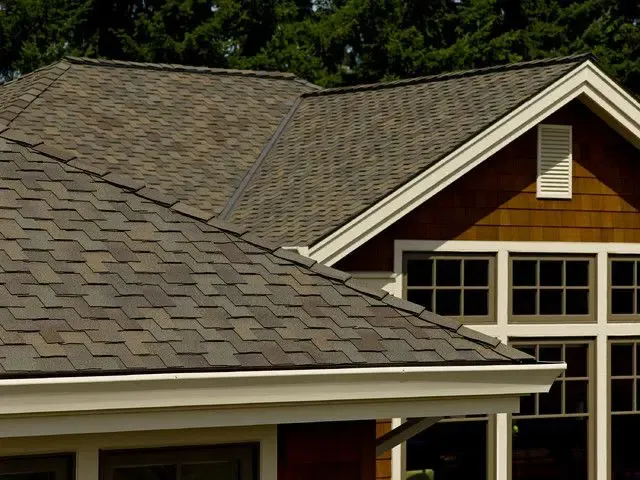Why It's Crucial to Storm-Proof Your Roof
Severe weather conditions, including hurricanes, thunderstorms, and tornadoes, can cause significant damage to your home. As the most exposed part of your property, your roof bears the brunt of storm damage. Making sure your roof is storm-resistant is essential for safeguarding your home and family. The right upgrades can significantly enhance your roof's ability to endure severe weather and prolong its lifespan.
Must-Have Roofing Upgrades for Storm Resistance
-
1. Impact-Resistant Roofing Materials
One of the most effective ways to storm-proof your roof is by choosing impact-resistant materials. Materials such as metal, slate, and specially designed asphalt shingles can withstand high winds and flying debris better than traditional shingles. These materials are specifically engineered to resist punctures and damage during severe weather conditions.
-
2. Reinforced Roof Decking
The deck beneath your roofing materials plays a critical role in the roof’s strength. Reinforcing your roof deck with durable materials ensures it can withstand powerful winds. Secure decking is vital to prevent your roof from being lifted during storms, a leading cause of roof damage.
-
3. Upgraded Flashing and Sealant
Flashing is designed to protect your roof’s vulnerable areas—such as around chimneys, vents, and valleys—from water infiltration. Upgrading to durable flashing and sealants prevents water leakage during heavy rainfall or storms. For greater durability, choose flashing made from copper or aluminum.
-
4. Wind-Resistant Roofing Installation
Proper installation is key to ensuring your roof holds up under wind pressure. A roofing contractor should install your roof with the correct fasteners and techniques, ensuring it can withstand high winds. For example, hurricane clips or metal straps can be used to secure the roof to the house structure, significantly increasing wind resistance.
-
5. Gutter and Downspout Maintenance
Gutters and downspouts play a crucial role in channeling rainwater away from your roof and home. Clogged gutters can cause water to back up, leading to leaks and potential roof damage. Regularly maintaining your gutters and ensuring that they’re properly secured to the roof can prevent damage during heavy storms.
-
6. Installing a Roof Maintenance System
A roof maintenance system that automatically detects issues like leaks or loose shingles helps catch problems early. Some systems offer weather alerts, letting homeowners know about severe conditions in advance so they can protect their roof.
Choosing the Best Roofing Contractor for Storm-Resistant Upgrades
Choosing a reliable and experienced contractor is essential when upgrading your roof for storm protection. Look for companies that specialize in storm-resistant roofs and have experience working with impact-resistant materials. Make sure they are licensed, insured, and well-versed in local building codes that may mandate specific storm-resistant features.
Final Thoughts on Storm-Proofing Your Home
Storm-proofing your home starts with choosing the right roofing upgrades that will withstand the toughest weather conditions. By choosing quality materials and hiring a trusted contractor, you can protect your home from the dangers of severe storms. Not only will these upgrades protect your property, but they can also save you money on repairs in the long run by preventing damage to your roof.

Contact Weathercraft Roofing for Storm-Proofing Solutions
Ready to make your home storm-proof? Weathercraft Roofing specializes in durable, storm-resistant roofing solutions. Contact us today for a consultation and let our expert roofing contractors help you upgrade your roof to withstand any storm.
Claim Your Free Storm-Proofing Consultation